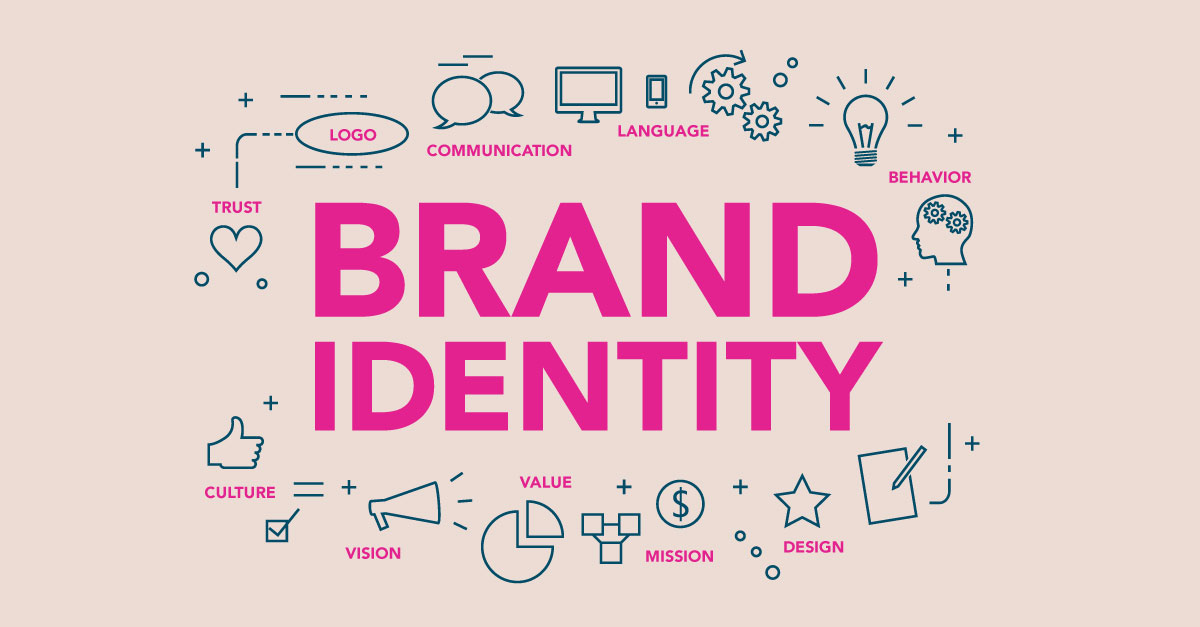In today’s highly competitive world, it’s important to build a strong brand identity for a business’ long-term success. If you are a business owner, your brand identity is not merely a tagline or a logo – it’s the emotional connection and the personality your business forms with your target audience. A well-defined brand identity helps differentiate your business, attract loyal customers, and convey your values.
In this article, we’ll explore the essential steps entrepreneurs should take to create a strong brand identity from scratch, and how to make sure it resonates with your audience.
1. Define Your Brand’s Purpose and Values
Before you can start designing logos or picking colors, you need to understand what your brand stands for. Your brand’s purpose is the “why” behind your business—why does it exist, and what value does it provide to customers? Your values are the guiding principles that shape the way your business operates and interacts with customers.
- Questions to ask:
- What problems does my business solve?
- What makes my business different from competitors?
- What core values do I want to communicate to my customers?
By clearly defining your purpose and values, you lay the foundation for a strong brand that speaks to both the head and heart of your target audience.
2. Understand Your Target Audience
Your brand identity should be tailored to your ideal customer. Understanding your audience’s needs, preferences, and pain points is essential to creating a brand that resonates with them. You need to know their demographics (age, location, income, etc.) and psychographics (interests, behaviors, values, etc.) to craft messaging that speaks directly to them.
- Actionable steps:
- Conduct market research, surveys, or interviews with potential customers.
- Create customer personas to visualize your target audience.
- Study competitors to see how they approach their target demographic.
The deeper your understanding of your audience, the more effectively you can communicate with them through your brand.
3. Craft Your Brand’s Voice and Messaging
Your brand voice is the way your business communicates with your audience. It should reflect your brand’s personality and values. Whether your brand is professional and formal or fun and quirky, your voice should remain consistent across all platforms—whether it’s on social media, in emails, or in product descriptions.
- Tips for creating a brand voice:
- Use language that aligns with your brand’s values (e.g., if you value sustainability, use eco-conscious language).
- Keep the tone consistent, whether it’s friendly, authoritative, or playful.
- Make sure your messaging addresses your audience’s pain points and solutions clearly and persuasively.
Consistency is key in building a strong, recognizable brand.
4. Design a Memorable Logo and Visual Elements
The visual components of your brand, such as the logo, color palette, and typography, are vital to creating a memorable brand identity. These elements will appear on your website, social media profiles, marketing materials, and product packaging. A well-designed logo, for example, is often the first impression customers have of your business, so it must effectively represent your brand.
- Design tips:
- Choose colors that evoke the emotions you want to associate with your brand (e.g., blue for trust, green for health, red for passion).
- Make sure your logo is simple, versatile, and easy to recognize.
- Consider how your visual elements will look in different contexts (website, social media, print).
A professional, cohesive design creates a strong visual identity that is instantly recognizable and aligns with your brand values.
5. Build Brand Consistency Across All Channels
Once you’ve defined your brand purpose, values, voice, and visuals, the next step is to make sure that these elements are consistently applied across all touchpoints. Your brand’s identity should remain cohesive whether a customer is visiting your website, engaging with you on social media, or interacting with your customer service team.
- How to maintain consistency:
- Create a brand style guide that outlines your logo, color scheme, fonts, tone of voice, and messaging guidelines.
- Regularly audit your brand’s presence on different platforms to ensure consistency.
- Train your team to understand and apply the brand identity consistently in all customer interactions.
Brand consistency helps build trust and loyalty, which are crucial to establishing long-term relationships with your customers.
6. Evolve and Adapt as Your Business Grows
Building a brand identity isn’t a one-time task. As your business grows and evolves, so should your brand. The key is to maintain the core values and purpose that make your brand unique, while being open to updates and improvements as customer preferences and market trends change.
- Signs it’s time to evolve your brand:
- Your business has expanded to new markets or product lines.
- Your target audience has shifted, and you need to better align with their needs.
- You want to modernize your brand to stay relevant in a competitive landscape.
Regularly revisiting your brand identity ensures that it remains fresh and resonates with your audience as your business evolves.
Conclusion
Building a strong brand identity is an ongoing process, but it’s one of the most important investments you can make as an entrepreneur. By defining your purpose and values, understanding your audience, crafting a consistent brand voice, and maintaining visual consistency, you create a brand that stands out in the marketplace and builds lasting connections with your customers.
Remember, your brand is more than just a logo—it’s the story you tell, the emotions you evoke, and the promises you make to your audience. By following these essential steps, you’ll be on your way to creating a brand identity that drives success for your business.

